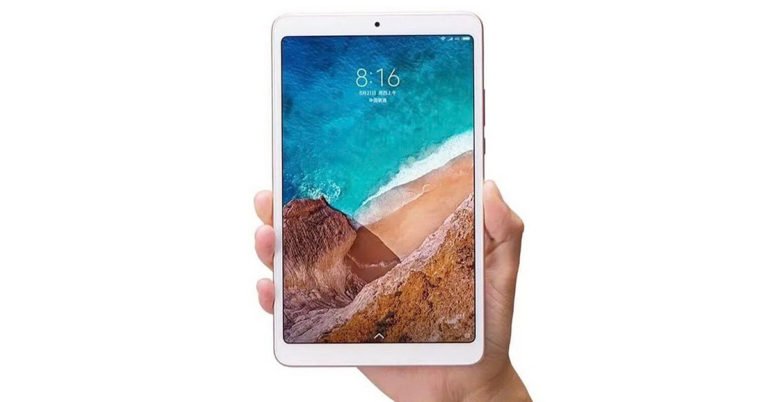Leaked: Google Pixel 3 and Pixel 3 XL show up in renders with a notch design and dual front cameras
There have been lot of rumours flying about the notch design of the Google’s flagship smartphone to be launched this year, Google Pixel 3 and Google Pixel 3 XL. In the latest images leaked by OnLeaks, the smartphone does sport a notch design with dual front facing cameras on the larger Google Pixel 3 XL, touted to have a 6.3 or 6.2-inch FHD+ display. The sensors can also be seen cramped within this notch.
However, the notch is not there in the smaller variant of the Google Pixel 3 that also sports dual front cameras. These are the third generation of the Google Pixel smartphones and should be revealed in September this year by the company. Other specifications known to us, both the smartphones will feature Qualcomm’s latest Snapdragon 845 chipsets and will come in 64GB as well as 128GB variants. Rumour mill is also churning with mixed reactions on the amount of RAM in each phone. While some say they will sport 6 GB of RAM, others suggest 8 GB and few do say both version like the OnePlus 6 variants will be available. However, we think an 8 GB version would be sufficient, no need for a 6GB one. According to the renders both Google Pixel 3 XL and Pixel 3 sports a fingerprint reader at the back and a single rear camera with LED flash.
Rumour mill is also churning with mixed reactions on the amount of RAM in each phone. While some say they will sport 6 GB of RAM, others suggest 8 GB and few do say both version like the OnePlus 6 variants will be available. However, we think an 8 GB version would be sufficient, no need for a 6GB one. According to the renders both Google Pixel 3 XL and Pixel 3 sports a fingerprint reader at the back and a single rear camera with LED flash. Two colour options will be there, Black and White, with top part of the rear panel sporting glass and rest metal. The display is not an infinity one as you can see a little bit of body bar at the bottom. Without any physical home buttons, we are assuming all the navigation keys will be on the screen. Or maybe gesture controls will be supported. Overall, we are not in awe of the design, but these seem to be first cuts.
Two colour options will be there, Black and White, with top part of the rear panel sporting glass and rest metal. The display is not an infinity one as you can see a little bit of body bar at the bottom. Without any physical home buttons, we are assuming all the navigation keys will be on the screen. Or maybe gesture controls will be supported. Overall, we are not in awe of the design, but these seem to be first cuts.
Fujifilm Instax Square SQ6 instant camera launched in India at Rs 9,999
Fujifilm has suddenly become more aggressive in the Indian market. This is there second launch in the last few weeks. Today they have launched Fujifilm Instax Square SQ6 instant camera, which if you have not guessed by its name, is square in shape. In the age of digi-cams this is an analogue camera that will give you image prints in a jiffy, no need to go to a shop to get them developed or printed.
Available in three colours—pearl white, blush gold and graphite gray, the Fujifilm Instax Square SQ6 camera’s main USP is its design and the ability to print photos on the spot. The camera is priced at Rs 9,999 and has features like automatic exposure adjustment that gets activated as soon as the user presses the shutter release button. The camera comes with flash and detects ambient brightness and regulates it to provide optimum shutter speed.
The company claims photos clicked in a dark room with this camera will also provide sharp subjects and vivid colours. The Fujifilm Instax Square SQ6 camera comes with a tripod hole at the bottom, so that users can place it on a tripod and use the timer function to be part of the snap. For selfie lovers, there is a special selfie mode added to the camera as well.
Commenting on the occasion Mr. Haruto Iwata, Managing Director, Fujifilm India Pvt. Ltd. Said, “Our Instax range is a unique product which has come a long way since its launch 10 years ago. The Sales Volume Trend for Instax has crossed 7.7 Million units globally in FY 2017 which clearly indicates its success worldwide. We are very excited to welcome the all new SQ6 with a host of versatile functions. The new product has been designed keeping in mind the ever changing preferences of the Indian youth, offering unique features to complement their needs. Our instax range has always found appreciation among the youth and we are sure that like its predecessors, SQ6 will also be applauded by these young customers.”
Other features of the Fujifilm Instax Square SQ6 camera include a macro mode, to shoot subjects from a distance of a minimum of 30cm, and a landscape mode to capture long range shots. The package also includes three flash colours (orange, purple and green).
OnePlus 6 Midnight Black 256GB edition launched in India: Price and other details
OnePlus is getting a good response if we go by some media reports. India has always been a good market for them, which is why the next version of the OnePlus 6 is coming to India. Called the OnePlus 6 Midnight Black edition, this smartphone features 256GB on-board storage and 8GB RAM. Before this the company has already launched the limited OnePlus 6 Marvel Avengers edition and a Silky white edition of the OnePlus 6 here.
OnePlus 6 Midnight Black price and availability
Notify me option for the OnePlus 6 Midnight Black variant has already started on Amazon India’s website. The phone will start selling on the Ecommerce platform on July 10. OnePlus 6 Midnight Black 256GB is priced at Rs 43,999 (which is Rs 1,000 cheaper than the limited Avengers edition) and is the flagship variant for the company.
In a press statement the company has said, “Following the overwhelming response to the OnePlus 6 Marvel Avengers Limited Edition in India, which was the only variant of the OnePlus 6 to pack 8GB of RAM and 256 GB of storage, OnePlus offers its community another variant of the OnePlus 6 packed with 256 GB. The 256 GB variant has been met with unprecedented popularity both globally and in India and has become a community favourite in a short time.”OnePlus 6 Midnight Black Specifications OnePlus’ flagship smartphone sports a 6.28-inch FHD+ Full Optic AMOLED display that comes with a 19:9 aspect ratio. The phone’s rear panel is made of glass and is protected by Gorilla Glass 5. It also has an iPhone X-like notch that houses the front camera, earpiece, and proximity sensor. The newly launched OnePlus 6 comes with new gestures to perform various tasks on the device. Powered by Qualcomm latest processor, Snapdragon 845, OnePlus 6 runs Android 8.1 Oreo topped with the company’s own OxygenOS 5.1. The developer preview of Android P is also said to roll out on the smartphone shortly. The OnePlus 6 Midnight Black is available in one RAM storage combo, which is 8GB RAM and 256 GB memory.
Lenovo Ideapad 330S and Ideapad 530S with Intel 8th gen Core CPU’s launched in India: Price, specs and other details
Lenovo has been rocking the laptop world with excellent piece of hardware and superb looks. Today they have brought their slim line-up of Ideapad laptops to India, in the form of Lenovo Ideapad 330S and Lenovo Ideapad 530S. Sporting competitive price, these laptops have fast charging ability, which will trickle down to other Lenovo models as well in the future.
Lenovo Ideapad 530S Technical specifications
The first to be revealed is the Lenovo Ideapad 530S that is powered by the 8th generations of Intel core CPU (Core i5 1.8GHz). With that the ultra-slim and light laptop has an option of 512 GB SSD for quick boot and 8 GB of RAM (16GB option available as well). The company claims that the battery can last for up to 8 hours and this laptop is built for people who are always travelling. Seems like the company has taken a leaf out of their Smartphones handbook. With the fast charge option now built-in, the Lenovo Ideapad 530S can give battery backup of 2 hours with just 15 minutes of charge.
The Lenovo Ideapad 530S weighs 1.49kgs and is 16.5 mm thick. As for the display, this neat laptop sports 14-inch FHD (1080p) IPS display and also comes with Harman speakers with Dolby audio support. For graphical duties this notebook has a dedicated 2GB NVIDIA MX150 graphics card. Other specifications include a USB type C port, backlit keyboard and a fingerprint reader.
Lenovo Ideapad 330S specifications The Lenovo Ideapad 330S is available in two screen sizes – a 14-inch and 15-inch. FHD graphics are supported on the machine as it comes with up to 4GB NVIDIA GTX 1050 MaxQ graphic card. This particular notebook is aimed at the younger generation like students. Intel 8th Gen i5 CPU is there in this laptop along with the option of an AMD Ryzen 7-2700U CPU. 8 gigs of RAM is also available in this notebook and the company claims this version of Ideapad laptop has a battery backup of 7 hours. Fast charge facility is available here too and one lug it around easily as it weighs just 1.67 Kg. The slim bezel sports metallic finish exteriors. Price and other details The Lenovo Ideapad 330S has a starting price of Rs 35,990 and the Lenovo Ideapad 530S has a starting price of Rs 67,990. The new laptops are available with the Back To College offer from Lenovo where users can avail two years of additional warranty and one year of Accidental Damage Protection.
Apple iOS 12 Public Beta: How to download
Cupertino-based technology giant Apple has released the first Public Beta of iOS 12. So if you are one among many Apple fans who were waiting to try out the new features the company is bringing to iPhone’s, iPad’s and 6th generation iPod’s, your wait is now over.
At its World Wide Developer Conference 2018, which was held a few weeks back, Apple has announced a slew of changes coming to its devices including:
1. Enhanced Do Not Disturb mode
2. Screen Time
3. Grouped Notifications
4. Improved performance
For those who don’t know, Screen Time will let users see for how long they use their device and what all do they exactly do. It will also enable users to set time limits on their usage.
And Apple finally announced Grouped Notifications for their devices with iOS, so iPhone users can expect to have an improved notification management on their phones.
If you want to get these features for yourself as soon as you can, here are the steps you need to follow:
a. Visit https://beta.apple.com/sp/betaprogram from your iOS device.
b. Login if you already have an account or sign up for it if you are a new user.
c. Accept the Apple software beta agreement.
d. Under the Get Started tab, tap on ‘enrol your iOS device.’
e. Once done, click on ‘Download Profile’ and then click ‘Allow’ on the prompted message.
f. After you do this, you will have to select ‘Install’ button on the top right of the screen.
g. Reboot your device.
h. Once you restart your phone, you will be able to see a new software update in Software Update section of the Settings of your iPhone. (Go to Settings, then click on General, and then proceed to Software Update tab under it.
i. You can download the new software update from here.
Once this is done, your device will reboot again. Once it restarts, it will be running the new iOS 12 Public Beta software. It is notable however that this is not the final released software and downloading it right now can mean that you may have to face a number of software bugs.
RHA MA650 Wireless Headphones Review: Light and full of bass
RHA is a company from Britain and has been producing some great pair of headphones. Recently they brought the RHA MA650 Wireless Headphones to India and we got to play with them for some time. This is our review of the audio beauties dressed in white
Design
Straight out of the box, we fell in love with the design of these nifty little headphones that are nothing short of stunning. They are light and the rubberised bright white neck band and wire paired with brushed aerospace graded aluminium earplugs looks superb. Yes, they do get a little dirty, but since they are water resistant (IPX4 rating) a quick moist wipe takes care of all the smudges and dirt.
The right wire has a controller, which has the volume up and down buttons along with the call/pause key in the middle. The power button, LED indictor along with the USB type C charging port are located on the right part of the neck band, above the metal ring. The RHA MA650 Wireless Headphones come with 7 plus silicon ear tips (in the box) and a special foam one, for people who want extra padding. Built for different ear cavities, these keep the ambient noise out, mostly. As for the battery, it is located within the neck band. Performance
The RHA MA650 Wireless Headphones come with magnetised earbuds, which keeps them in place when not in use around the neck. These are not magnetically controlled like the OnePlus Bullets, but do produce that extra bass you would want. The headphones are comfortable to wear and not once did we feel they are falling out of place, even when jogging or running. However, at times the pesky wire does smack you on the cheek. A word of caution, when you are exercising lying down, use the wire clip (provided in the package) to keep the wires together, otherwise they will just come in the way.
The mids and lows are punchy, and we loved the vocals thanks to the noise isolating Aerophonic design of the ear plugs. All in all, the 380.1 drivers inside do manage to produce good resonance. The RHA MA650 Wireless Headphones are not just built for music; you can receive calls via it too. It has a 10-meter range so you can easily pick calls from far away spots, and we did not find any problems here during our review. The voice clarity was very nice and the other side could hear us properly, since the Microphone is located on the controller.
Performance
The RHA MA650 Wireless Headphones come with magnetised earbuds, which keeps them in place when not in use around the neck. These are not magnetically controlled like the OnePlus Bullets, but do produce that extra bass you would want. The headphones are comfortable to wear and not once did we feel they are falling out of place, even when jogging or running. However, at times the pesky wire does smack you on the cheek. A word of caution, when you are exercising lying down, use the wire clip (provided in the package) to keep the wires together, otherwise they will just come in the way.
The mids and lows are punchy, and we loved the vocals thanks to the noise isolating Aerophonic design of the ear plugs. All in all, the 380.1 drivers inside do manage to produce good resonance. The RHA MA650 Wireless Headphones are not just built for music; you can receive calls via it too. It has a 10-meter range so you can easily pick calls from far away spots, and we did not find any problems here during our review. The voice clarity was very nice and the other side could hear us properly, since the Microphone is located on the controller. Verdict
All in all, we quite liked what the RHA MA650 Wireless Headphones have to offer. We were quickly able to connect it to our Android smartphone using Bluetooth and during our test it lasted for over 10 hours (battery backup), which is far superior than any of its competition. What too is more than the competition is its price, these come with a price tag of Rs 7,999 that is a tad steep.
Pros: Good look, battery life, sound
Cons: Price, gets a little dirty
Verdict
All in all, we quite liked what the RHA MA650 Wireless Headphones have to offer. We were quickly able to connect it to our Android smartphone using Bluetooth and during our test it lasted for over 10 hours (battery backup), which is far superior than any of its competition. What too is more than the competition is its price, these come with a price tag of Rs 7,999 that is a tad steep.
Pros: Good look, battery life, sound
Cons: Price, gets a little dirty
 Performance
The RHA MA650 Wireless Headphones come with magnetised earbuds, which keeps them in place when not in use around the neck. These are not magnetically controlled like the OnePlus Bullets, but do produce that extra bass you would want. The headphones are comfortable to wear and not once did we feel they are falling out of place, even when jogging or running. However, at times the pesky wire does smack you on the cheek. A word of caution, when you are exercising lying down, use the wire clip (provided in the package) to keep the wires together, otherwise they will just come in the way.
The mids and lows are punchy, and we loved the vocals thanks to the noise isolating Aerophonic design of the ear plugs. All in all, the 380.1 drivers inside do manage to produce good resonance. The RHA MA650 Wireless Headphones are not just built for music; you can receive calls via it too. It has a 10-meter range so you can easily pick calls from far away spots, and we did not find any problems here during our review. The voice clarity was very nice and the other side could hear us properly, since the Microphone is located on the controller.
Performance
The RHA MA650 Wireless Headphones come with magnetised earbuds, which keeps them in place when not in use around the neck. These are not magnetically controlled like the OnePlus Bullets, but do produce that extra bass you would want. The headphones are comfortable to wear and not once did we feel they are falling out of place, even when jogging or running. However, at times the pesky wire does smack you on the cheek. A word of caution, when you are exercising lying down, use the wire clip (provided in the package) to keep the wires together, otherwise they will just come in the way.
The mids and lows are punchy, and we loved the vocals thanks to the noise isolating Aerophonic design of the ear plugs. All in all, the 380.1 drivers inside do manage to produce good resonance. The RHA MA650 Wireless Headphones are not just built for music; you can receive calls via it too. It has a 10-meter range so you can easily pick calls from far away spots, and we did not find any problems here during our review. The voice clarity was very nice and the other side could hear us properly, since the Microphone is located on the controller. Verdict
All in all, we quite liked what the RHA MA650 Wireless Headphones have to offer. We were quickly able to connect it to our Android smartphone using Bluetooth and during our test it lasted for over 10 hours (battery backup), which is far superior than any of its competition. What too is more than the competition is its price, these come with a price tag of Rs 7,999 that is a tad steep.
Pros: Good look, battery life, sound
Cons: Price, gets a little dirty
Verdict
All in all, we quite liked what the RHA MA650 Wireless Headphones have to offer. We were quickly able to connect it to our Android smartphone using Bluetooth and during our test it lasted for over 10 hours (battery backup), which is far superior than any of its competition. What too is more than the competition is its price, these come with a price tag of Rs 7,999 that is a tad steep.
Pros: Good look, battery life, sound
Cons: Price, gets a little dirty
You got the whole world in your hands! Tete-a-tete with Adarsh Warrier, maker of The KAI
These are a young group of people who are inspired by super heroes and Sci-Fi movies. The company is called Vicara and they have created a nifty little device called The KAI. This band type expedient can be held in your hand and can control just about everything on your PC or laptop screen using hand gestures. We caught up with Adarsh Warrier, Co-founder of Vicara and maker of The KAI to understand what this device is all about and what new is happening at their end.
1) What were the inspirations behind building The Kai?
The idea for the KAI had initially started out as a hack project at an Intel Hackathon in Pune in August 2015 (3rd Year of Engineering). Abhishek and I are huge fans of futuristic technology and superhero gadgets. It had initially started out as a thought that, wouldn’t it be cool, if it was possible to control all kinds of technology like lights, robots, computers, etc; with a glove on your hand?
 8) We do see you have raised some funds. Who are your initial investors?
Our initial investors are Mahesh Bhalla and Michael Marks. They represent the seed fund at the Startups Club Incubator Network (SCIN) based out of Bangalore. Our Investors, Mr. Mahesh Bhalla and Mr. Michael Marks, with their combined business experience of more than 50 years ensure that we aren’t reinventing the wheel. Mr Bhalla comes to the game with extensive experience in Distribution and Retail, while Mr. Marks (Who resides in China) comes with a solid experience in Manufacturing and Finance. Together, the experience gives us thorough access to knowledge and resources that help navigate the greatest pitfalls of the Hardware Industry.
8) We do see you have raised some funds. Who are your initial investors?
Our initial investors are Mahesh Bhalla and Michael Marks. They represent the seed fund at the Startups Club Incubator Network (SCIN) based out of Bangalore. Our Investors, Mr. Mahesh Bhalla and Mr. Michael Marks, with their combined business experience of more than 50 years ensure that we aren’t reinventing the wheel. Mr Bhalla comes to the game with extensive experience in Distribution and Retail, while Mr. Marks (Who resides in China) comes with a solid experience in Manufacturing and Finance. Together, the experience gives us thorough access to knowledge and resources that help navigate the greatest pitfalls of the Hardware Industry.
Within 24 hours, we had created a basic prototype on a KITCHEN GLOVE that could control a light and a presentation on a PC.When the results were declared, the winner of the event had created a prototype that could just control lights. We later realized we were ineligible for the prize because we didn’t have PAN Cards. It was a demotivating moment but inspiring in the essence that the idea had recognized potential. Both of us were in our 3rd year of engineering from VIT university at that time and the idea had remained dormant for about 6 months until we got an opportunity to pitch at VIT’s first ever business plan competition called StartupVIT. We realized this was a great stage to test the business potential of this project as well and so we created a business plan to pitch the idea of KAI. We were adjudged the runner ups in that competition and we won a prize money of Rs. 30,000. At that time, Abhishek and I had a brainwave to put that money into developing the product and making a company instead. We realized that this product had the potential to transform into the future standard of digital interaction! Both of us mutually agreed that we will keep developing till the money runs out. Fortunately, we managed to move on to win various grants and prizes where we raised over 20.3 lakhs equity-free and our seed round. We were adamant that our company name and product name should be inspired by Indian origins. That is precisely how the name “Vicara” came out. It was derived from the sanskrit word, ‘Vichar’, which meant idea or thought. Our product, the KAI, means ‘HAND’ in Tamil. 2) How does the Kai work? What is the tech behind it? Vicara is a human augmentation startup working to a making disruptive wearable technology that can enhance and augment the capability of humans to work with their real and digital surroundings. Our first product is called the KAI – The world’s first gesture-based workflow automation device. It enables professionals to seamlessly interact with their digital environment. The Kai harnesses natural body language and drastically enhances productivity by creating a truly revolutionary gesture-based computer interaction experience. The product is essentially a sensor based wearable that uses a 9 axis IMU ( Invensense) and invisible light sensors to sense the movement of your hand and fingers. The data is relayed via a Bluetooth module to our proprietary desktop app. The uniqueness of the solution is dual fold. On the hardware side, the unique non-obtrusive finger tracking algorithm enables the device to accurately measure the position of the fingers as well as the hand without the use of intensive image processing. On the software side, the KAI provides complete customizability from within its application. The differentiated algorithm enables KAI to be compatible with ANY desktop app from the get go. 3) In which sectors do you see it being used the most? The main use case of the product is to augment the capability of creative professionals to interact effectively with their digital environments. For eg: A CAD designer can intuitively interact with his 3D models on Solidworks or MAYA as if the models were actually in their hands. The additional Use cases of the product involve interfacing and improving our interaction with: – Gaming – Virtual Training & Simulation – Robot and Drone Control – AR/VR interfaces The product has a potential use case to be integrated with any Bluetooth enabled device for digital or hardware interaction in the future. The potential applications of the wearable can revolutionize the way we play music, games, VR, AR and even the way we interact with drones and robots. 4) In the world where things are quickly moving towards augmented and virtual reality, where does the Kai fit in? Gesture recognition technology has been a staple in Science fiction films since a long time. We’ve also witnessed quite a few of their incarnations in real life with the likes of Nintendo Wii, Kinect and Leap Motion. However, we are yet to see Gesture recognition technology being applied seriously in our lives for applications other than gaming and maybe robotics. Gesture recognition has the potential to literally augment every kind of workflow in our life as gestures are a natural extension of our body language. This is exactly where the KAI fits in the picture for AR and VR technology. The ability to interact with the machines of tomorrow using an interface that natural has the potential to completely revolutionize our future. With our first product, the KAI, we aim to provide the consumer with exactly that: A revolutionary interface for your machines that tap into the most basic form of communication: gestures. Since the turn of the decade, there has been a gradual change in the outlook of consumers towards adopting future forward technologies in India. With the current encouragement of the government towards making in India, the situation is ripe to develop innovative technologies in the hardware domain. The rise of new varieties of digital interaction ranging from AR/VR glasses to smart interfaces, there is a pressing need to cater to the digital age consumers which gives our company the potential of massive scalability. As per Markets & Markets the combined value of the Robotics, Augmentation and AR/VR market is projected to be a 161-billion-dollar industry, which is more than the current value of the Indian IT Industry. We aspire to ride this new wave of innovation with our augmentation technologies. 5) How early will the device be available to developers? And are you already working with some? Our product is currently available for pre-order on our crowdfunding campaign on Indiegogo. Our developer edition can be made available to users as early as September this year. We are already working with a few developers in a closed beta for feasibility testing. 6) Is gaming going to be a part of The Kai program? Gaming is definitely going to be an integral part of the KAI portfolio. Gaming is the most engaging way we interact with our digital environments today. To be able to enhance or augment this interaction experience in any way possible is a dream come true for any gamer. With the KAI, we can achieve exactly that. We are proud to announce that we have already had successful internal test runs for games like GTA V, Farcry, Asphalt 8 and casual games like Fruit Ninja and Mario. We have also completed successful trials with VR Games and simulation software (Like Flight Simulator) as well. 7) How big is The Kai team and the average age? The KAI team is currently 7 members strong with an additional intern team of 10. The average age in our team is roughly 20 years.
 8) We do see you have raised some funds. Who are your initial investors?
Our initial investors are Mahesh Bhalla and Michael Marks. They represent the seed fund at the Startups Club Incubator Network (SCIN) based out of Bangalore. Our Investors, Mr. Mahesh Bhalla and Mr. Michael Marks, with their combined business experience of more than 50 years ensure that we aren’t reinventing the wheel. Mr Bhalla comes to the game with extensive experience in Distribution and Retail, while Mr. Marks (Who resides in China) comes with a solid experience in Manufacturing and Finance. Together, the experience gives us thorough access to knowledge and resources that help navigate the greatest pitfalls of the Hardware Industry.
8) We do see you have raised some funds. Who are your initial investors?
Our initial investors are Mahesh Bhalla and Michael Marks. They represent the seed fund at the Startups Club Incubator Network (SCIN) based out of Bangalore. Our Investors, Mr. Mahesh Bhalla and Mr. Michael Marks, with their combined business experience of more than 50 years ensure that we aren’t reinventing the wheel. Mr Bhalla comes to the game with extensive experience in Distribution and Retail, while Mr. Marks (Who resides in China) comes with a solid experience in Manufacturing and Finance. Together, the experience gives us thorough access to knowledge and resources that help navigate the greatest pitfalls of the Hardware Industry.
HP Pavilion X360 14 laptops lineup refreshed in India: Price, specs and more
HP India has launched new models of its Pavilion X360 14 notebook range. The newly launched laptops come with a pen-stylus that students and creative professionals will find handy. The starting price of the new convertible laptops is Rs 50,347.
HP India said that the new range of laptops will be part of its Back to Campus offerings. Under its ‘Back to Campus’ campaign, HP India has introduced deals worth Rs 34,098 to students. These offers cover security, damage protection and warranty of the device.
Powered by 8th generation Intel Core processors, the newly launched HP Pavilion x360 weighs 1.68 kg and sports a 14-inch ‘Micro-edge’ bezel full-HD display. The convertible comes with a 5MP World Facing camera with 120-degree wide viewing lens. According to the company, this enables the user to capture photos and videos from every angle.
Another key highlight of the laptop is that it comes with speakers from Bang & Olufsen and Audio Boost tech, with which the company promises louder and more dynamic audio perfection. It also has a fingerprint sensor for biometric unlock.
Speaking about the launch of HP’s new laptops, Vickram Bedi, senior director of Personal Systems, HP India said, “The new range of HP Pavilion x360 upholds our philosophy of customer centric innovation, fulfilling the myriad requirements of users. The refreshed features in the new Pavilion x360 will cater to the professional and personal needs of the students as they begin their new year in college. We hope our Back to Campus initiative will make our products more easily available to the new students.”The new HP Pavilion x360 14 laptops are backed by an Intel Optane memory and comes in two variants — one with Core i5 and the other with Core i7 processor. This is said to speed up the overall performance of the system by 28%. The laptops can, therefore, open large media files 4.1 times faster and launch emails 5.8 times faster. The laptop is said to deliver 11 hours of battery back-up on a single charge and supports HP Fast Charge technology.
[Video] 9 things about the new app IGTV by Instagram you must know
Here are 9 must-know things about IGTV by Instagram in one quick video:
- It can support an hour-long videos
- IGTV supports vertical videos
- It is a standalone app by Instagram
- Supports only pre-recorded videos
Xiaomi Mi Pad 4 with 8-inch display launched: Price, specifications and other details
The way Xiaomi is releasing devices reminds us of the way Samsung used to do couple of years ago. At an event in China on Sunday, Xiaomi Mi Pad 4 was announced along with the Redmi 6 Pro budget smartphone. The Xiaomi Mi Pad 4 is an Android Tablet featuring an 8-inch Full HD 16:10 aspect ratio touch display and is available in both Wi-Fi as well as Wi-Fi plus cellular versions.
Xiaomi Mi Pad 4 specifications
Besides the large FHD touchscreen with 283ppi density this tablet also features a 13MP rear camera with f/2.0 aperture and HDR support. It also has a camera upfront that is powered by a 5-megapixel sensor and supports features like AI face unlock.
Inside, the Xiaomi Mi Pad 4 is powered by a Qualcomm Snapdragon 660 CPU (octa-core) with 2.2 GHz clock speed. This is partnered with 3GB and 4GB RAM, as different variants have different RAM. Over that, the variants also sport 32GB and 64 GB of internal storage. Unlike the Apple iPad’s the Xiaomi Mi Pad 4 does have expandable memory support and can accommodate microSD cards for the same.
The Xiaomi Mi Pad 4 is powered by a 6,000mAh battery and weighs 342.5 grams. For connectivity this tablet has 4G, LTE support using a nano-SIM, Wi-Fi 8.02.11 a/b/g/n/ac, USB Type C and Bluetooth 5.0. In the 7.9mm slim bezel the company has also included a 3.5mm audio jack.
Xiaomi Mi Pad 4 price and other details
The Xiaomi Mi Pad 4 3GB RAM/32 GB storage (Wi-Fi only) variant has a price tag of CNY 1,099 (Rs 11,400 approximately). The 4 GB RAM/64 GB storage (Wi-Fi only) versions has a price tag of CNY 1,399 (Rs 14,500 approximately). The 4 GB RAM/ 64 GB storage option also comes with Wi-Fi + cellular version as well, which is priced at CNY 1,499 (Rs 15,500 approximately). The tablets will be available in China first starting June 29 and are available in Black and Gold colour options. India availability is still not clear and it might take some time for this tablet to reach our country.


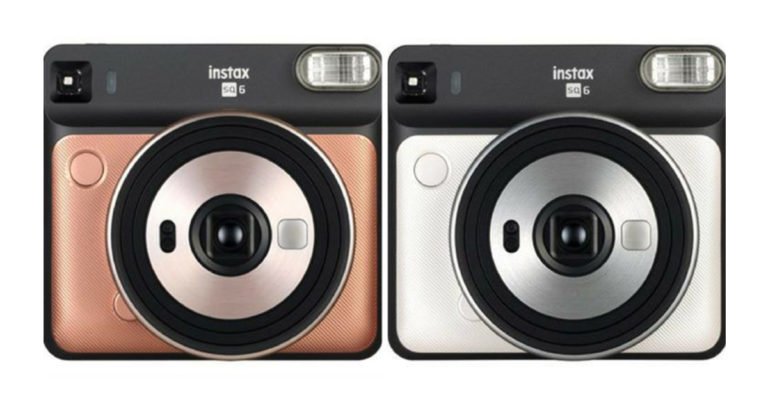
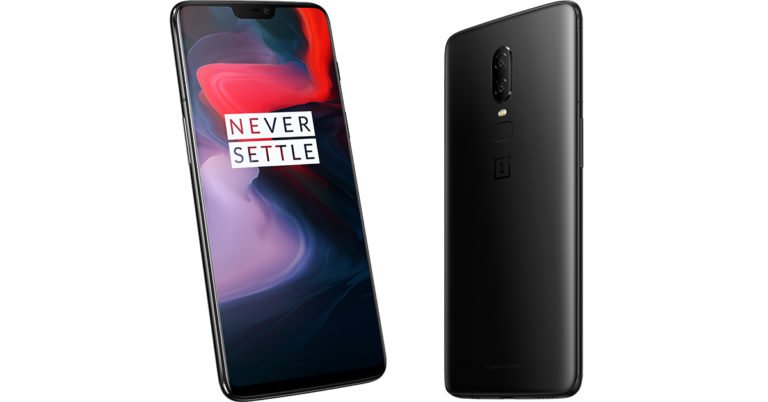
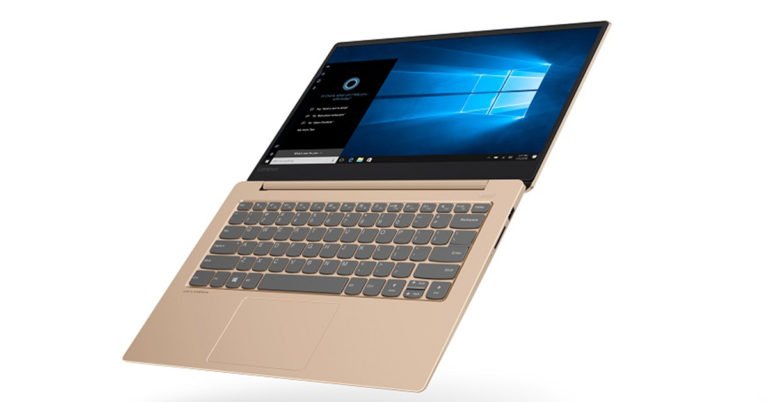
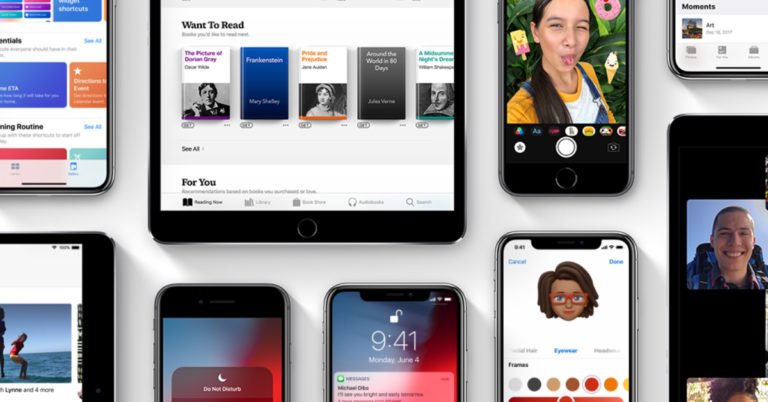
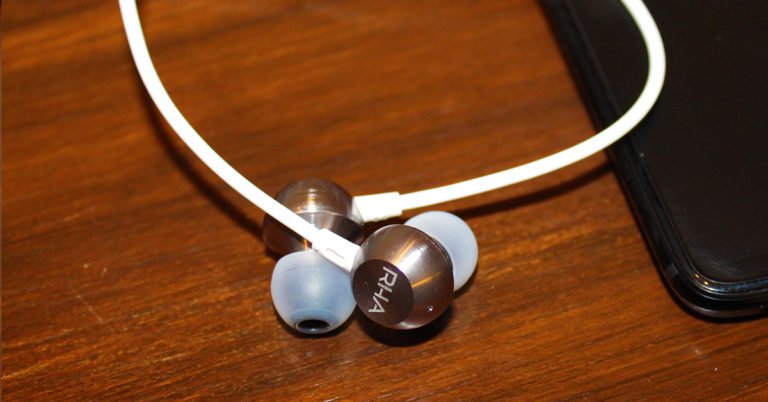
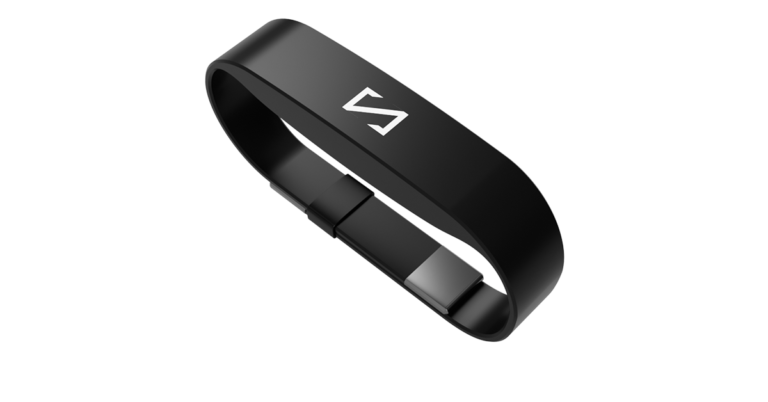
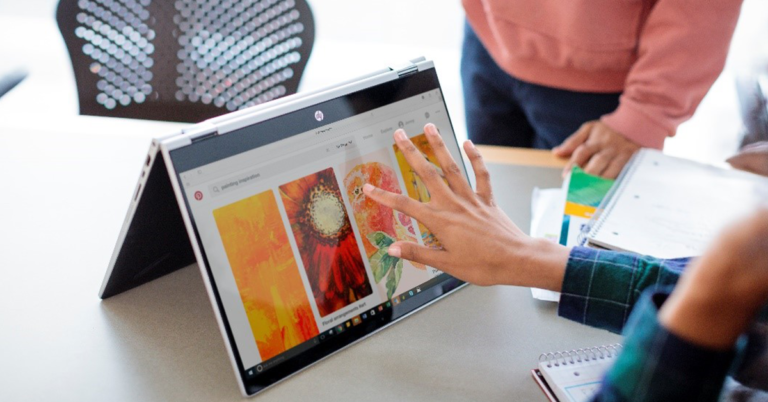
![[Video] 9 things about the new app IGTV by Instagram you must know [Video] 9 things about the new app IGTV by Instagram you must know](https://www.gadgetbridge.com/wp-content/uploads/2018/06/maxresdefault-3-768x432.jpg)
